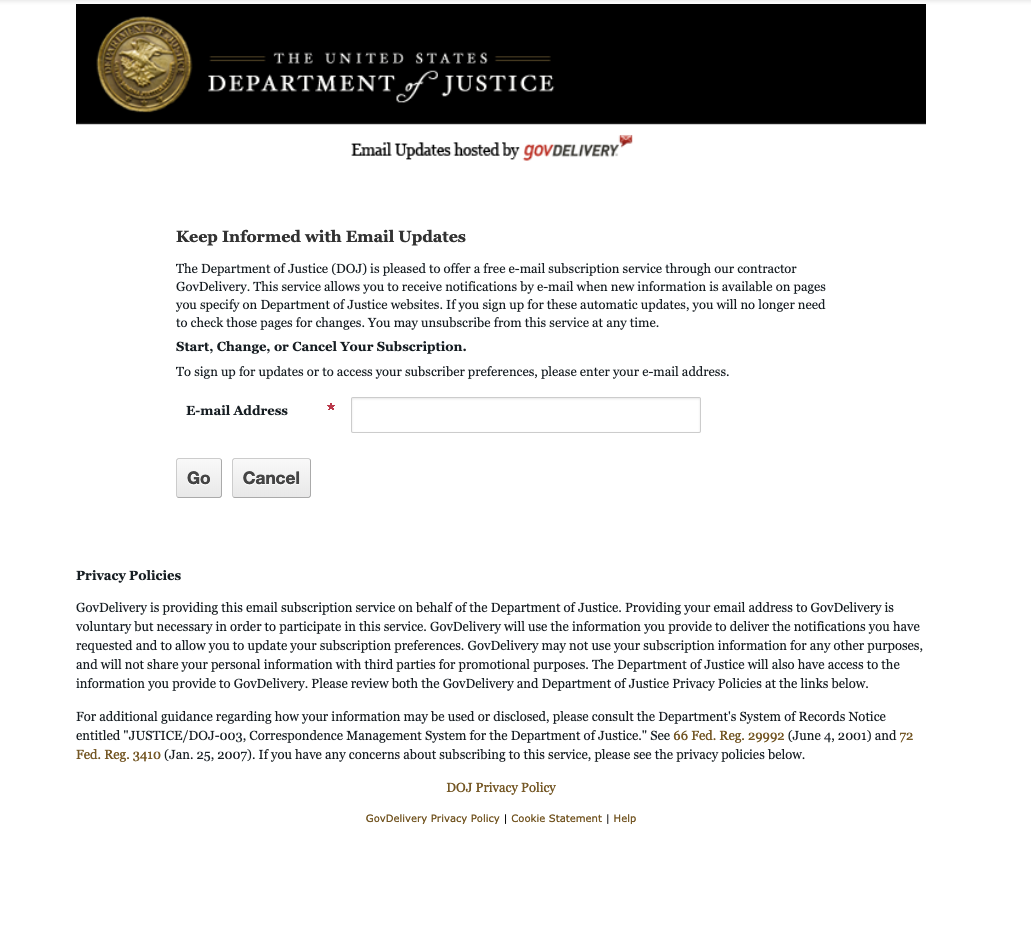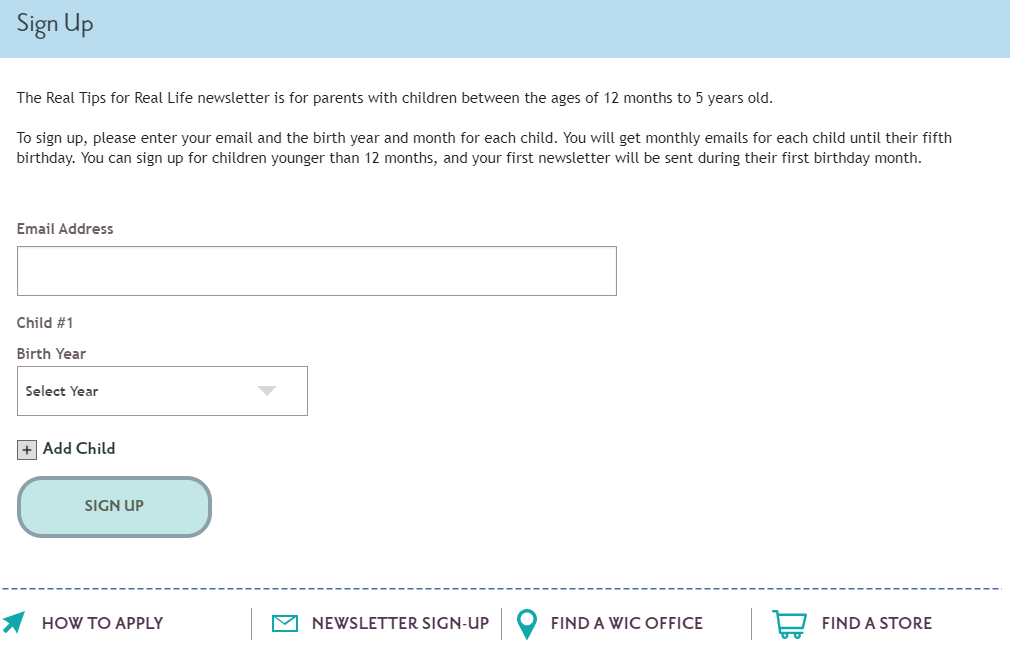
In the first half of 2019, there were more than 50 ransomware attacks on U.S. cities. The attacks compromised public information and forced governments to pay a substantial ransom or risk losing their data. They came amid a year with vigorous public discourse about private and public sector use of individual user data.
After a decade with escalating cybersecurity threats, these occurrences chip at an already-low trust in government and its personal data protection. While IT and cybersecurity teams develop technical solutions for protecting data, government communicators can develop messaging to help protect and restore public trust.
Trust is the foundation on which your citizen’s experience is built. In an era of fake news, the job of the government communicator has gotten harder. Lack of trust has very real implications for governments. Citizens may ignore crucial public initiatives and look elsewhere for information about how their government operates.
For government agencies with valuable information, services, or programs to offer citizens, this trust gap poses a complex problem. Even the most well-funded public programs can miss their mark if residents don’t sign up for and engage with them.
For example, the 2020 Census will determine the political representation and federal funding that states will receive for the coming decade. It will impact crucial initiatives involving public health and safety, infrastructure, and economic development. With so much riding on citizen participation, many government leaders are worried that citizen apathy — and even distrust —will negatively affect their future.
How can communicators recapture public trust, overcome misinformation, and continue to drive public participation?
Given the sheer scale of the issue and the ongoing debates over data privacy, there is no simple answer for recapturing public trust. Training and empowering personnel, leveraging FedRAMP-authorized communication software, and taking the necessary steps to secure citizen data are only part of the solution. To recapture public trust and encourage continued citizen participation, government communicators would be wise to develop and deliver clear messaging around security and value.
The first step to regaining the confidence of your citizens, constituents, or users? Communicate the security measures you take to keep their data safe and secure.
Your data security communication can be a part of a stand-alone campaign. But, to ensure that readers remember your dedication to privacy, security messaging should also be baked into your standard outbound messaging and promotion.
Whatever you do, make sure it’s easy to understand. Too often, the human element of security and privacy is lost in technical features and jargon. So use plain language to communicate the level of security you offer, the preparedness of your employees, and the seriousness with which you treat personal information.
Keep in mind that privacy and security are not merely hardware/software specific, but also dependent on personnel and training. If your agency handles sensitive Personally-Identifiable Information (PII) – health records, driver’s licenses, or home addresses – consider communicating how internal employees collect and use this information. (Ideally, data handlers employ internal practices to ensure anonymous data stays anonymous.)
By blending important details with plain language, you raise the chances that readers will understand and appreciate your commitment to security. In the end, you improve the odds that they will continue to engage with your messages.
Want an example? Check out the privacy policies footer on this email subscription landing page (pictured below) and its accompanying privacy policy page by the Department of Justice, which provides a template. In both places, the technical information is easily digestible and quickly understood.

The Department of Justice provides a good example of communicating security simply.
By continually reminding citizens that security and privacy are a priority, you reiterate your awareness of privacy concerns, reinforce your commitment to data security, and can improve trust.
Reiterating the value you provide to your citizens is always a good idea. It’s also another powerful way to recapture trust, combat misinformation, and encourage participation.
In fact, good government outreach has been proven to increase trust in government. In a 2015 study related to trust and government outreach, “people who were contacted by government outreach efforts were more likely to agree with statements that indicated trust in the government” and that “those contacted by outreach efforts were also more likely to agree with statements about the honesty of the government.”
Whether you’re a small town or a federal agency, don’t lose sight of the real and immediate benefits residents receive from your services. What do they gain by engaging with your content, submitting their information, and participating in the digital ecosystem you’ve created?
In the example below, the Texas Women, Infants, and Children Program (WIC) empathizes with its readers and demonstrates an understanding of how difficult it can be to raise a child. The page also previews the basic content, tips, and advice that subscribers can expect to receive once they sign up.

Here, citizen empathy combines with content for positive impact.
Texas WIC took their outreach one step further by including a place for parents to add their child’s age and even add more children. These customized fields ensure subscribers receive only the most relevant information based on their child’s age while clearly positioning the value of subscribing.

Customized fields help make content more relevant and valuable to subscribers.
When agencies do as Texas WIC has done — and place the immediate, tangible benefit of signing up and participating front and center — it can lead to fantastic results.
Another example: The MyHealtheVet program from the U.S. Department of Veterans Affairs grew the subscriber base of its e-newsletter by 1,600% when it explicitly mentioned the benefits of subscribing. As the Veterans Affairs story illustrates, subscribers are more likely to engage with and trust an organization when they clearly understand the value of doing so.
By directly communicating your value and purpose, you also reduce the chances that the public will be misdirected due to social media, conflicting reports, or misinformation. The U.K.’s National Health Service (NHS) dealt with significant misinformation challenges in the aftermath of the 2017 Manchester Arena attacks. The health organization addressed complaints and comments found on NHS social media accounts and was able to surmount conflicting information, gain public trust, and ensure a successful blood drive when it was direly needed.
[Related Content: See 18 of the Top Government Emails of 2019]
Consistent, solid messaging around security policies and program value goes a long way toward regaining public trust. It’s only through continuous reinforcement that you ensure residents absorb your messaging and take it into account. A few simple places to start:
While it may seem monotonous to you, remember that many citizens are seeing your content and reading your messages for the first time. By repeating your security message, you ensure that every subscriber knows of your commitment – regardless of whether they’re a long-time reader or a first-time subscriber.
Government communication is about more than sending emails and text messages. Impactful messaging that resonates with readers will promote positive behavior change, foster a greater sense of community, and prepare citizens for the future. Be outspoken when promoting your value, vision, and mission. You’ll be taking the first step towards building trust and better serving your citizens.
Connect with Granicus communications experts for help improving trust in your government communications.
About the Author — Matt Nitkoski is a government product communications consultant with three years supporting effective public sector communications and a passion for helping communications professionals across the U.S.